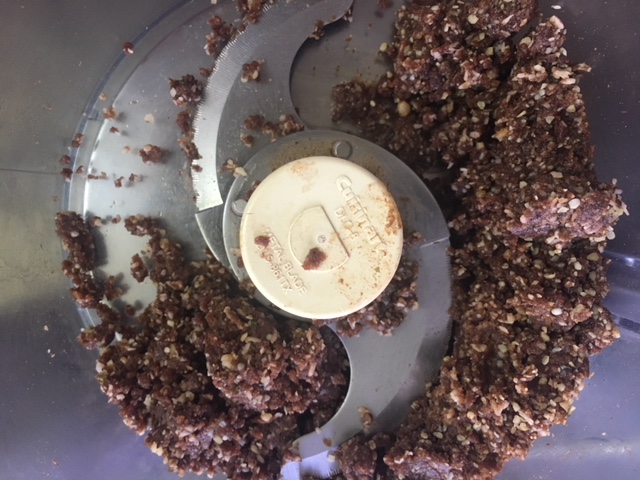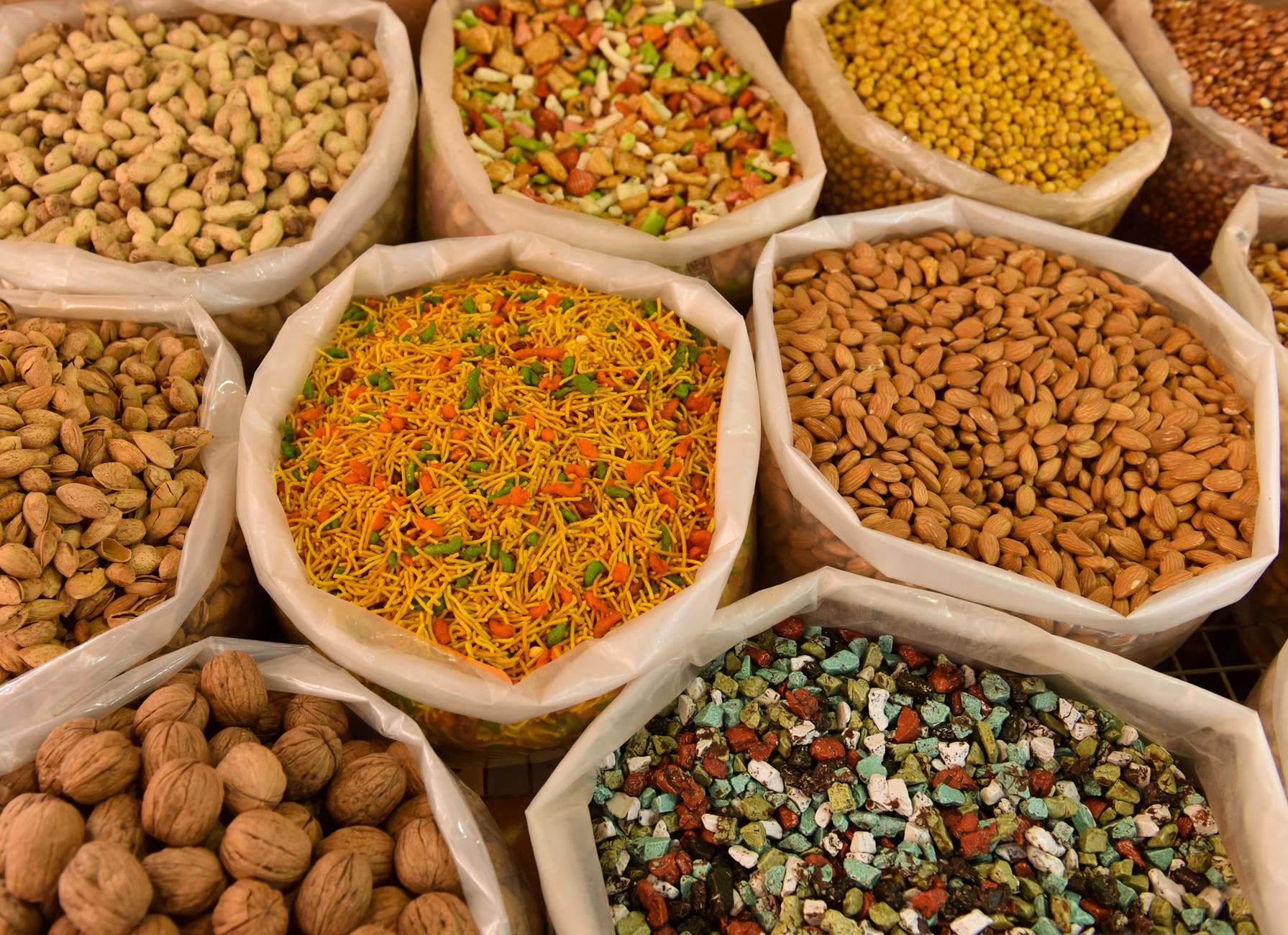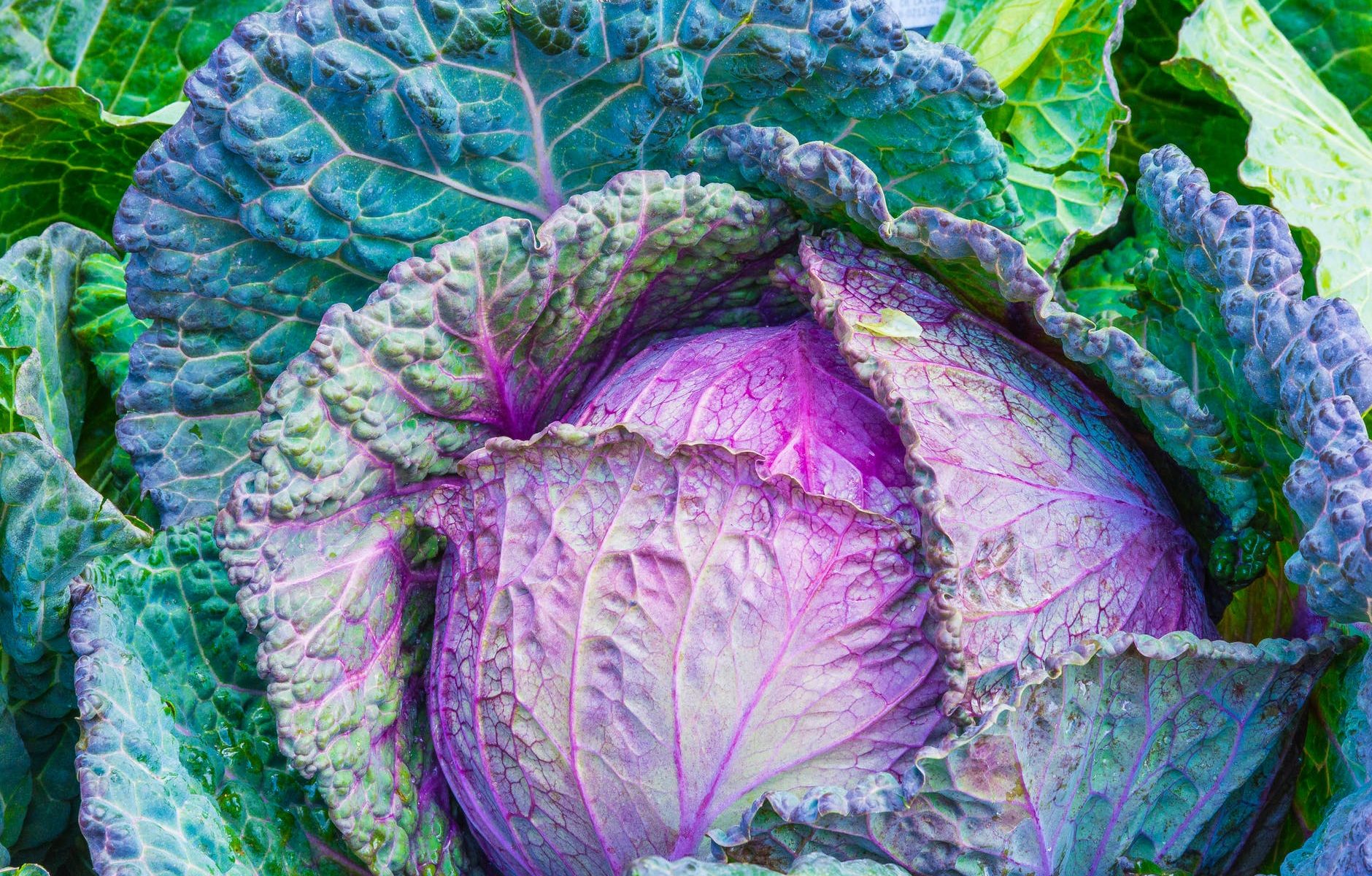This post originally appeared on The Trek, which you can find here.
Hikers burn thousands of calories a day, so the quality of the food doesn’t matter, right?
Unfortunately, it’s not that simple.
When it comes to food on a long trail, the focus is usually on calories and palatability. Little attention is paid to the long-term impact of our food choices on our health and the environment. I’ll outline 10 reasons to make real food your primary fuel for endurance endeavors, as well as simple steps for how to make the transition.
What are Faux Foods?
Before we can avoid them, we must know how to identify them.
Faux foods are:
- Foods where real ingredients have been stripped out and replaced with substitutions.
- Foods that are created in a lab rather than grown in soil.
- Foods that have an ingredient label containing substances you can’t pronounce.
- Foods that are produced in a way that’s destructive to the environment.
‘Faux foods’ may not be the most accurate descriptor, as the foods are not necessarily fake, but it’s a good catchall for these foods, and it’s catchier than ‘non-food junk’, so that’s what I’ve settled on.

What This Means for Hikers
It’s hard to imagine a diet worse in quality and nutritional benefits than the Standard American Diet (SAD), which is an obvious culprit in the U.S. obesity epidemic (affecting 1 in 3 adults) and a strong contributor to the current chronic disease crisis (affecting 1 in 2 adults).
But there is one diet that is arguably even worse, and that’s the standard Thru-Hiker diet. This diet consists primarily of heavily processed, packaged foods, which are loaded with preservatives, artificial ingredients, colorings, trans fats, and excess sugar. Of course, this way of eating developed because hikers need high calorie food, which is light, packable, and tasty, but many are unaware of the dangers of faux foods and the alternatives which exist.
While many hikers can get by on Snickers and Doritos for a few months with seemingly few consequences, junk food has real implications on your energy, your performance, and even the outcome of your hike.

10 Reasons to Reconsider Your Resupply
1) You Are What You Eat
You’ve no doubt heard this before, but just let that sink in. What you eat literally becomes the components of your body. Do you want to be made up of artificial ingredients that were synthesized in a lab or would you prefer your cells to be made up of real, living things which grew from soil, sunlight, water, and air?
2) Inflammation
The full body inflammation caused by excess intake of faux foods makes us more susceptible to injury and illness. In 2017, injury and illness accounted for 17% of AT hikers quitting their thru-hike attempt. The main drivers of inflammation in a typical hiker diet arerefined sugar and trans fats.
3) Gut Health
Intricately tied to inflammation is the health of the gut lining. Sugar and refined ingredients, as well as several food additives and preservatives, have been shown to disrupt the digestive system – especially when exposure is chronic. This also impairs absorption of the limited nutrients that are being taken in.
4) Slower Recovery
If your body is lacking in essential micronutrients, it takes longer to get back to full speed. Thru-hikers beat their bodies up daily, so fast recovery is key to feeling great day after day.
5) Increased Incidence of Cardiovascular Disease, Autoimmune Conditions, and Allergies
Faux foods are more likely to result in these long-term health conditions that will affect you long after you’re off the trail. Processed foods are also more likely to cause allergies.
6) Slower Wound Healing
Chronic inflammation suppresses your immune system, thereby causing slower wound healing. It’s not uncommon to endure small wounds on trail, and quick healing reduces the chances of developing a serious infection that could end a hike.
7) Blood Sugar Balance and Bonking
Completing a long hike often requires long days. The key to having sustained energy and hiking big miles is maintaining balanced blood sugar by steering clear of highly-refined, processed foods.
8) Mental Clarity & Motivation
It’s often said that thru-hiking success is 90% mental. Whether you agree with that or not, there’s no doubt that the mental game is a huge part of successfully completing your adventure. Steady blood sugar helps you make better decisions and stay motivated over the long haul.
9) Post-hike Depletion
Most hikers are ambitious people with big plans. Rather than ending your hike exhausted and burnt out, it’s possible to recover faster and be ready for your next adventure without having to spend months on the couch in front of the TV. Faux foods lack the nutrients and antioxidants that will help you bounce back faster.
10) Overeating and Carrying Extra Food
Faux foods often have plenty of calories, but are deficient in nutrients, leaving the body unsatisfied. This leads to endless hunger and results in carrying more food than you may actually need.
BONUS:
The environmental impact of our choices is something we all need to be aware of. Industrial, highly-processed, GMO-filled foods increase the profits of mega-corporations at the expense of the environment we love so much.

5 Ways to Avoid the Pitfalls of Faux Foods
When it comes to eating for endurance, and overall personal and planetary health, I tend to follow a credo more than a specific diet. I don’t like the word ‘diet’ because it conjures up ideas of strict rules and restriction, which is not what I’m suggesting. A credo is more of a set of principles that guide your actions and beliefs.
Think of your food choices as a continuum with a 100% Faux Food diet on one end and a 100% seasonal, organic, unprocessed, local (SOUL) diet on the other end. This framework helps me work towards making better choices when I can, but not getting so caught up in rules and ‘shoulds’ that I give up entirely.
Here are a few of the basic principles and how you can apply them to your next outdoor adventure.
1) Eat more whole, unprocessed foods on trail
Nuts, seeds, dried fruit, and dehydrated veggies are all great choices. There are lots of ideas online and you can also check out my free Eat for Endurance ebook for more ideas.
2) Read labels
This will help avoid excessive added sugar, trans fat, and additives like artificial sweeteners, high fructose corn syrup, sodium nitrate, sodium sulfate, food dyes, potassium bromate, and MSG.
3) Send resupply boxes to places with limited options
Don’t be stuck eating gas station food for a week because you didn’t plan ahead. You’ll feel gross and you’ll compromise your energy and performance.
4) Make up for micronutrient deficiencies in town
Choose fresh vegetables and salads instead of (or at least in addition to) pizza, burgers, and beer.
5) Make small changes
It doesn’t have to be an all or nothing approach. Here are some ideas:
Add in a greens powder, such as athletic greens, amazing grass, or organifi each day.This can make up for micronutrient deficiencies on a long hike.
Swap out some candy for dried fruit. If your body is craving quick energy, eating fruit will give you a quick dose of carbs, with enough fiber to maintain blood sugar balance, and without all the added junk. And there are SO MANY options: raisins, cranberries, apricots, blueberries, mango, banana, etc.
Look for chips and other crunchy/salty snacks with as few ingredients as possible. For example, compare the following:
- Ingredients in Organic Tortilla Chips: organic corn, organic sunflower oil, salt.
- Ingredients in Nacho Cheese Doritos: whole corn, vegetable oil (corn, soybean, and/or sunflower oil), salt, cheddar cheese (milk, cheese cultures, salt, enzymes), maltodextrin, whey, monosodium glutamate, buttermilk solids, romano cheese (part skim cow’s milk, cheese cultures, salt, enzymes), whey protein concentrate, onion powder, partially hydrogenated soybean and cottonseed oil, corn flour, disodium phosphate, lactose, natural and artificial flavor, dextrose, tomato powder, spices, lactic acid, artificial color (including Yellow 6, Yellow 5, Red 40), citric acid, sugar, garlic powder, red and green bell pepper powder, sodium caseinate, disodium inosinate, disodium guanylate, nonfat milk solids, whey protein isolate, corn syrup solids.

Start slow and do what you can.
Even making a few small changes is a good step towards fueling yourself for performance and creating a better environment at the same time.





































